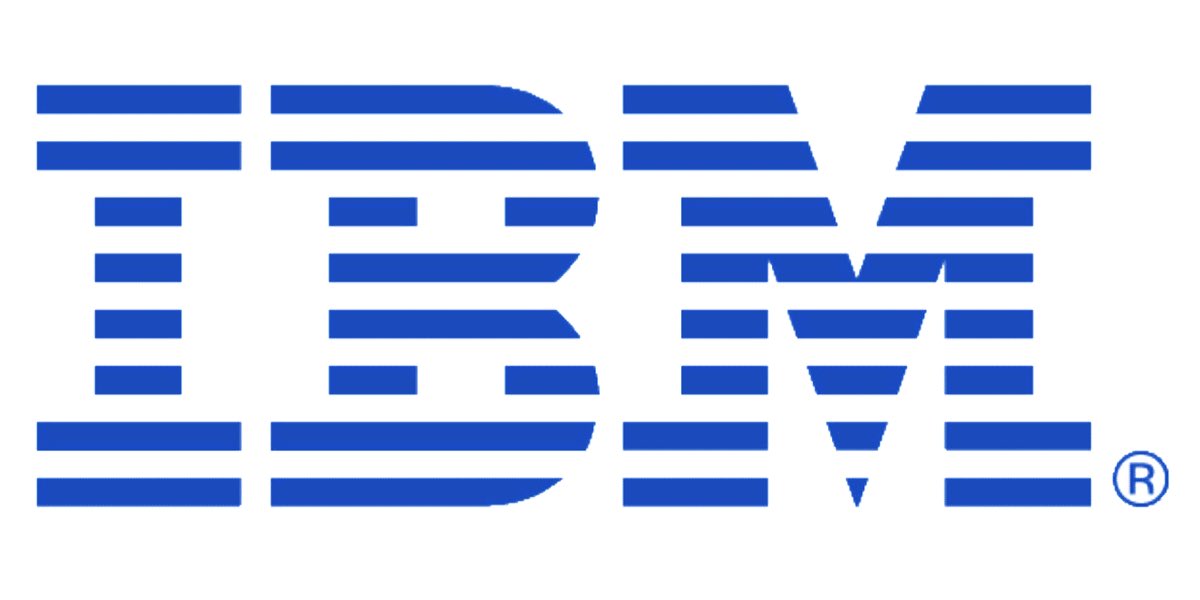Here for the Australian Open, IBM global media and entertainment industry general manager Steve Canepa was using the opportunity to schedule some additional meetings to talk with partners and clients about the potential of IBM’s cloud video solutions.
Two relatively recent acquisitions, Clearleap and Ustream, were core talking points for Canepa.
“We’ve been helping clients in the media industry all over the world transform their business models, transform their architectures and their use of technology in order to keep pace with this marketplace. Part of what I’ve done for IBM over the last couple of years is crystalise our focus on video. Most of the analysis we see shows as much as 60% of business data and 80% of consumer data is going to be video here within the next couple of years,” he explained.
Clearleap was acquired by IBM in December 2015 and will play a vital role in selling IBM’s cloud video bona fides. It enables multiscreen video delivery for direct-to-consumer services and boasts high-profile clients HBO, BBC America, and Travel Channel.
The January announcement that IBM had acquired Ustream is a further significant building block in IBM’s cloud video strategy. The service has built a solid reputation for being able to provide broadcast quality for one-too-many live video streams.
“What we liked about Clearleap and Ustream was the open architecture that had been used to create end-to-end service capability. By having that, when we want to integrate live video streaming into these different use cases, we have the ability to integrate whatever application capability or cognitive capability needs to be there. We saw Ustream as a tier one platform, high quality that can be applied to business and high value use cases. We saw it as secure and scalable. Married with our global cloud capability, it could scale to do large-scale events,” Canepa explained.
For IBM, video is about more than just a focus on home and mobile entertainment. There is also consumption in a professional context.
“The notion of prosumers where part of your day is in consumer mode and the rest of your day you’re in professional mode consuming services…You migrate between those two modes quickly in the course of 24 hours on different devices at different times. For enterprise, what we see happening is for business applications where they’re communicating with you or providing a service to you, that same kind of high fidelity capability will become increasingly important,” he said.
